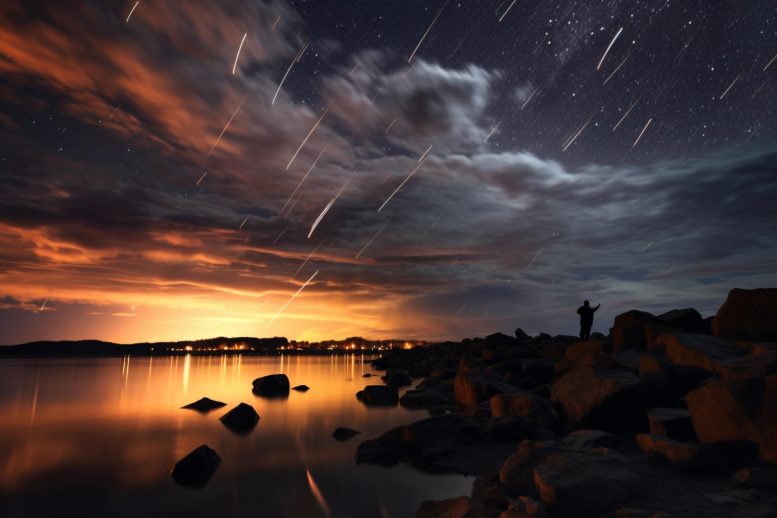
The Perseid meteor shower will peak on August 12, with a waning crescent moon making this year’s viewing especially favorable. People in the U.S. can expect to see around 40 meteors per hour on peak nights, though this number is significantly reduced in suburban areas. Credit: SciTechDaily.com
Recognized as one of the best meteor showers, the Perseids are especially notable this year due to a waning crescent moon, enhancing visibility.
The NASA All Sky Fireball Network is already detecting the first meteors of this year’s Perseid meteor shower! The meteor shower peaks on the night of August 12 as the Earth passes through the dustiest debris of comet Swift-Tuttle’s trails.
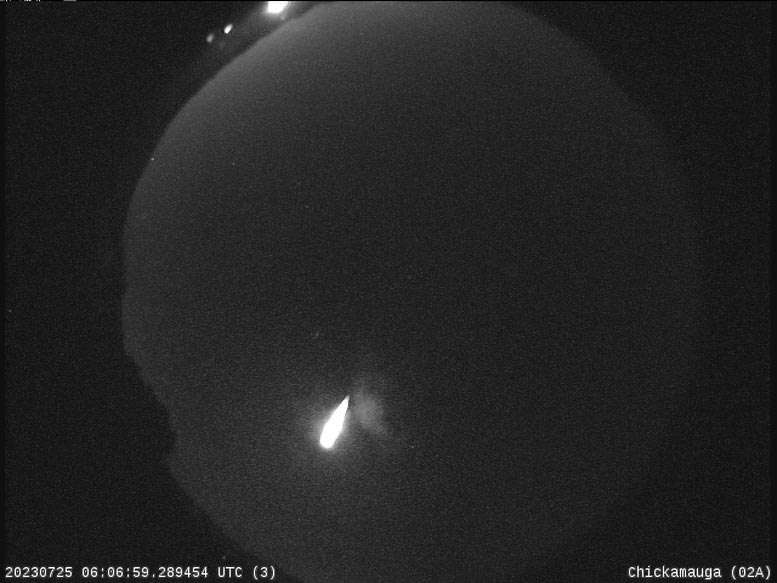
On July 26, 2023, the NASA All Sky Fireball Network detected the first Perseid meteor of the year. Credit: NASA/All Sky Fireball Network
The Perseid meteor shower is often considered to be the best meteor shower of the year due to its high rates and pleasant late-summer temperatures. Unlike last year’s shower, which coincided with the full moon, this year’s moon will be a waning crescent. This will allow even some of the fainter meteors to be seen.
Expected Viewing Numbers
So, how many can you see?
“People in the U.S. can reasonably expect to see around 40 Perseids in the hour just before dawn on the peak nights. That’s about one every couple of minutes, which is not bad,” said Bill Cooke, who leads NASA’s Meteoroid Environment Office. “However, we are assuming you are out in the country, well away from cities and suburbs.”
The brighter skies of suburban areas greatly reduce the viewing rates, with 10 or fewer expected in an hour.
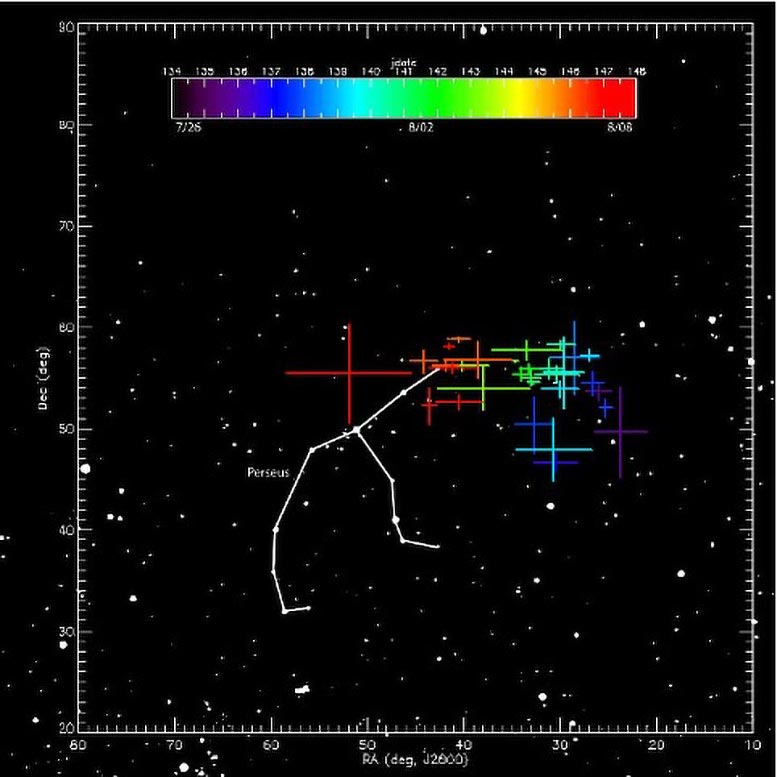
This diagram, based on data from the NASA Fireball Network, shows the change in the direction of the Perseid radiant with time. This is caused by Earth’s motion about the Sun, causing the radiant to appear to “drift” with respect to the background stars. Credit: Danielle Moser, NASA Meteoroid Environment Office
You can see the Perseid meteor shower best in the Northern Hemisphere. All you need to catch the show is a clear sky, darkness, and a bit of patience. You don’t need to look in any particular direction; meteors can generally be seen all over the sky.
The Perseids appear to radiate from a point in the constellation Perseus, and each meteor has a similar orbit. Meteor showers take their name from the location of their point of origin, or what is known as the radiant.
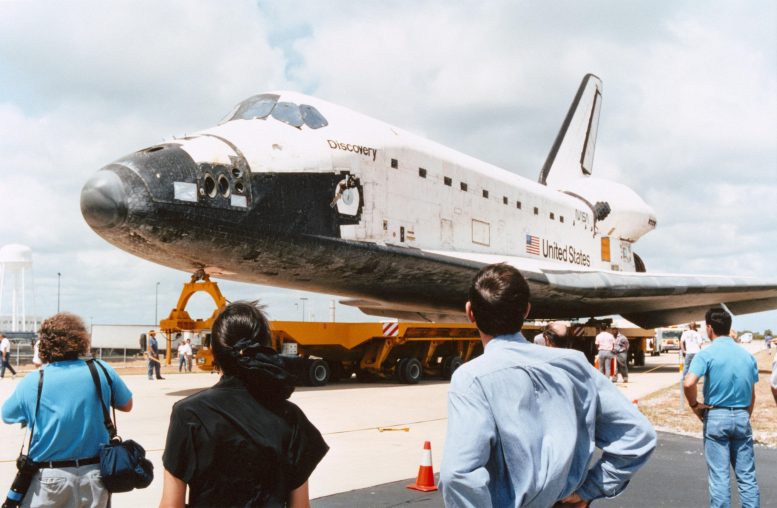
On June 1, 1993, the orbiter Discovery is shown here being rolled into the Vehicle Assembly Building (VAB) for mating with the external tank and twin solid rocket boosters. At the time, Discovery was being prepared for mission STS-51, targeted for a mid-July liftoff. Credit: NASA/JSC
Fun fact:
The Perseid meteor shower is the only meteor shower to delay a Space Shuttle launch. In 1993, the NASA – STS-51 launch was delayed due to concerns about the Perseid meteor shower activity being forecast to be extremely heavy, increasing the chance that a spacecraft in Earth orbit could be damaged by a piece of the debris.
Origin
The Perseid meteor shower is caused by the Earth passing through the debris left behind by the comet Swift-Tuttle. As this debris enters the Earth’s atmosphere, it burns up, creating bright streaks across the sky, commonly referred to as “shooting stars” or meteors.
The Perseids are named after the constellation Perseus because the meteors appear to radiate from a point in that constellation. However, they can generally be seen all over the sky. The shower is particularly well-known for its bright and fast meteors and can produce dozens of meteors per hour at its peak.
Cultural and Scientific Significance
The Perseid meteor shower has been observed for nearly 2,000 years and holds a special place in both cultural lore and scientific study. It offers a spectacular show for casual stargazers and provides valuable data for astronomers studying meteoroids and cometary debris.

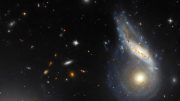




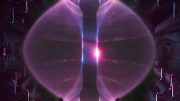


Be the first to comment on "Don’t Miss: Best Meteor Shower of the Year Peaks This Weekend"